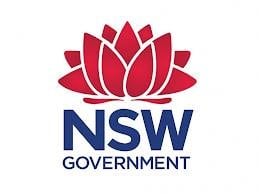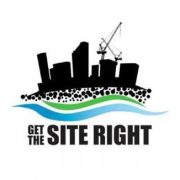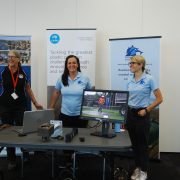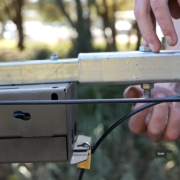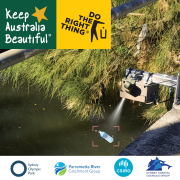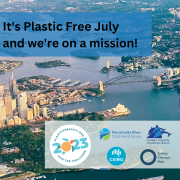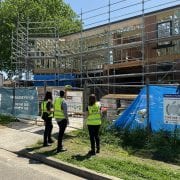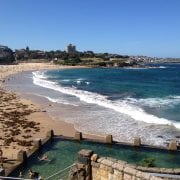Builders and home renovators are being urged to stop run-off from their building sites polluting waterways and green spaces that Sydneysiders increasingly rely on for recreation and enjoyment.
A survey conducted by the NSW Department of Planning, Industry and Environment (DPIE) in 20201 showed that 45 per cent of respondents spent more time in public spaces since the start of the COVID-19 pandemic. The survey also found that 71 per cent of respondents appreciated local parks more.
The NSW Government’s plan to fund a $16 million COVID-19 stimulus program to help deliver more quality green public space on Crown land across Greater Sydney provides a further incentive to prevent sediment run-off from impacting our natural spaces.
To advise builders and renovators on best practice erosion and sediment controls, local councils, the NSW Environment Protection Authority (EPA) and DPIE will be conducting a month-long Get the Site Right education and compliance campaign during May. A follow-up one-day inspection blitz of building sites across Sydney and the Hunter Coast will be held on Thursday, 20 May 2021.
Sediment run-off usually contains common building materials such as cement, sand and soil. These materials can contaminate water and cause algal blooms that harm marine plants and animals. They can also build up in marine species, such as mussels, and have a dangerous impact on the food chain.
Sediment in the water can affect swimming and other recreational activities by causing unpleasant odours and making the water cloudy.
NSW EPA Executive Director Regulatory Operations Steve Beaman said confusion still exists about where sediment run-off goes when it enters the stormwater system.
“Stormwater is rainwater that collects pollutants, including sediment from building sites, as it runs across different surfaces and flows through the stormwater collection network of gutters, pipes and stormwater drains and then directly out to local waterways, untreated,” Mr Beaman said.
“It is different from wastewater which is water that goes down sinks, toilets and drains and is collected in the sewerage system and taken to a wastewater treatment plant.
“That is why it is so important that builders and renovators prevent sediment run-off from leaving their sites to protect local waterways and the surrounding environment.”
Sydney Coastal Councils Group Chair, Councillor Lindsay Shurey said reducing sediment run-off is crucial to ensure waterways and the foreshore are protected and healthier.
“If not properly managed, sediment can affect water quality and amenity of our beloved waterways and smother aquatic vegetation which is critical to marine life. It can even impact upon property and amenities by blocking drains during times of storm and flood,” Cr Lindsay said.
“We’re working closely with councils, government agencies and other catchment groups to ensure that runoff from building and construction sites are properly managed, and our coastal and estuarine environments remain resilient and healthy for everyone to enjoy.”
Now in its sixth year, Get the Site Right is a joint program between the Cooks River Alliance, DPIE, Georges Riverkeeper, the EPA, Parramatta River Catchment Group, Sydney Coastal Councils Group, local Sydney councils and Lake Macquarie Council.
Members of the public are encouraged to report pollution incidents, including poor sediment control, to their local council or the EPA’s 24/7 Environment Line on 131 555.
1 https://www.greater.sydney/greater-use-of-public-open-and-shared-space
